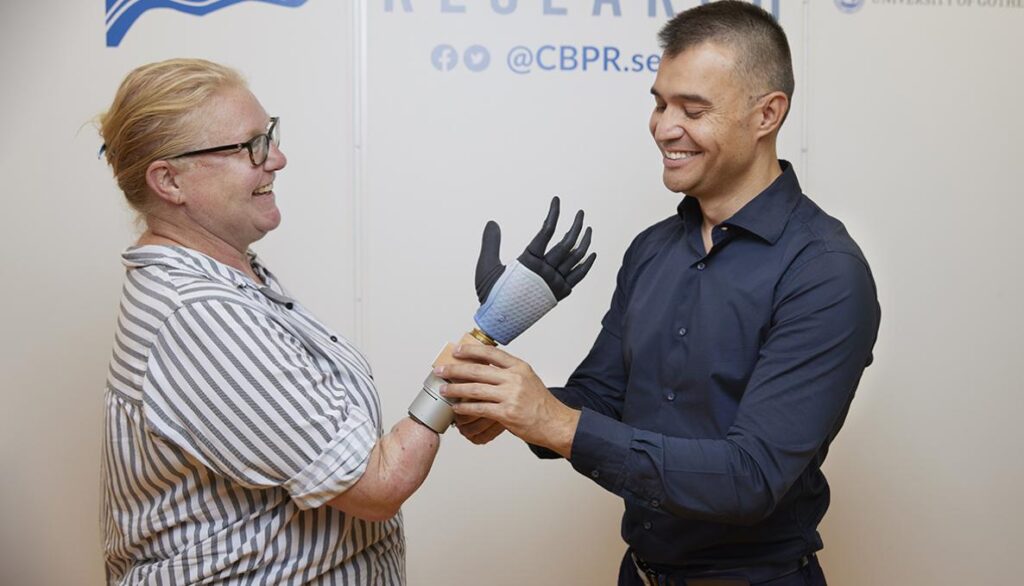A significant advance in the field of prosthetics has been achieved by an international team of researchers from Sweden, Italy and Switzerland. They were able to successfully fuse a mechanical hand prosthesis with the human nervous and skeletal system. This prosthesis can be controlled by the user, a Swedish woman. The control commands are interpreted by the artificial intelligence integrated in the prosthesis. This groundbreaking fusion of the biological control center, i.e. the human nervous system, with the mechanical-electronic control center of the prosthesis marks a mini-revolution in prosthetics.
In addition, researchers have connected the prosthesis to the woman’s bone through a process called osseointegration. This scientific process involves surrounding the patient’s bone tissue with a titanium-based material to create a strong mechanical bond between the bone and the prosthesis. This information comes from the Sant’Anna School of Advanced Studies in Pisa.
Max Ortiz Catalan, who leads research on neural prosthetics at the Bionics Institute in Australia, reveals that the user, Karin, was the first person to suffer a forearm amputation and receive this novel, highly integrated bionic hand. Her ability to use the prosthesis reliably and effectively in daily life for years is seen as a hopeful indication of the transformative potential of this new technology for people living with the loss of a limb.
The prosthetic hand used, named “Mia Hand,” was developed by the Italian company Prensilia. It is a robotic hand that is designed to enable users to return to performing about 80 percent of their routine activities.
Despite some inaccuracies compared to a biological hand, Karin can perform numerous fine motor activities with the prosthesis, including zipping up a travel bag, the Center for Bionics and Pain Research showed in a video.
Finally, the entire process, as well as the significance of the technical advancement of the prosthetic hand, was outlined in a research report. The report was published in the journal Science Robotics. It documents this significant breakthrough in prosthetic technology, which represents a quantum leap toward everyday usefulness for many people with limb loss.
